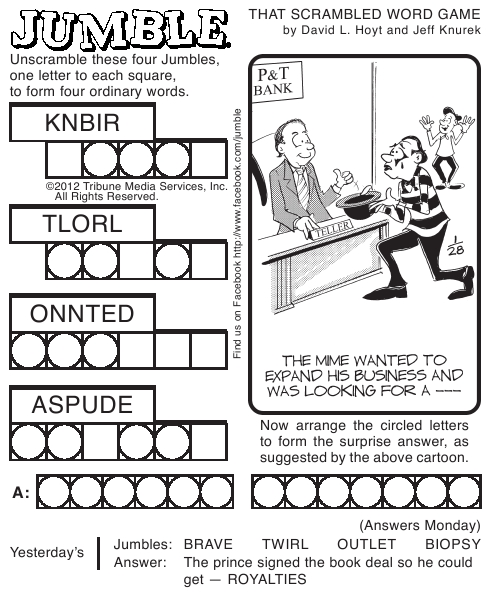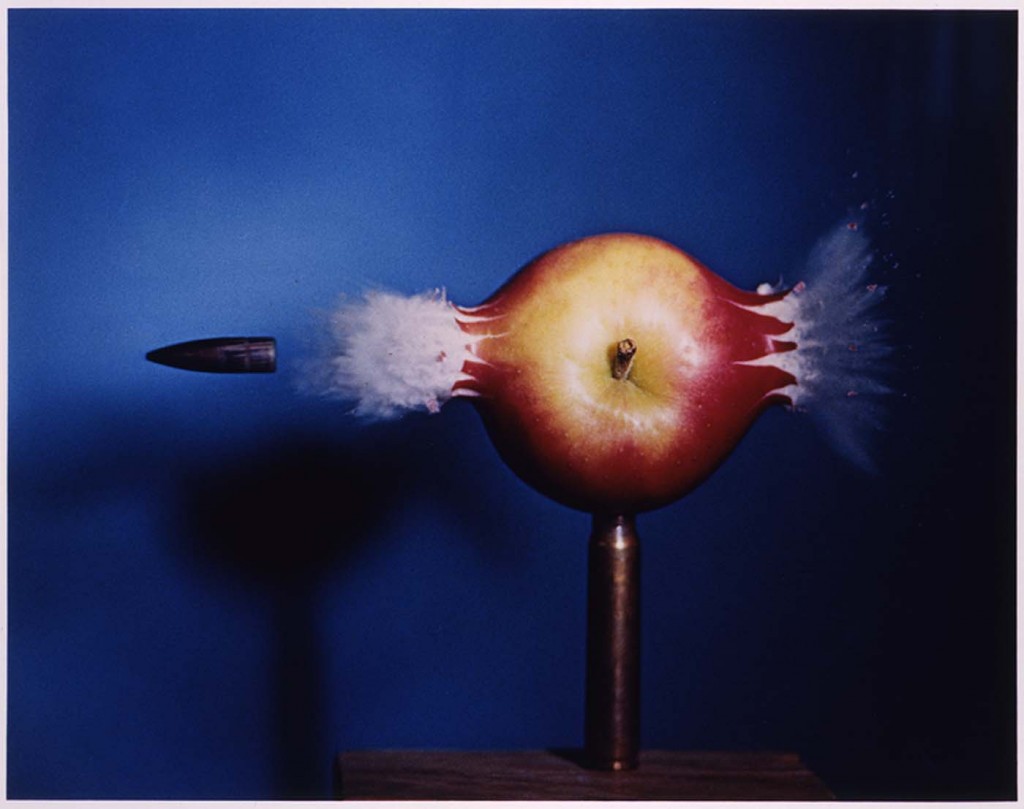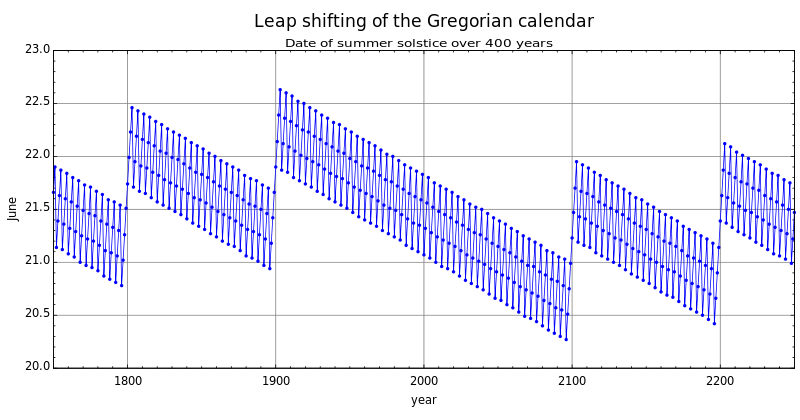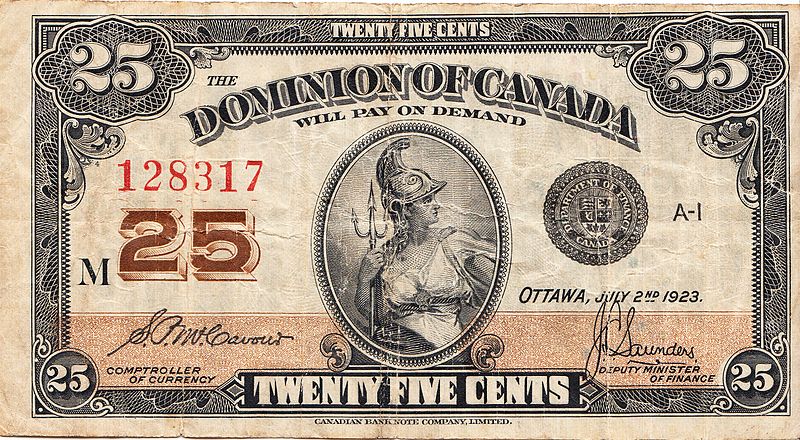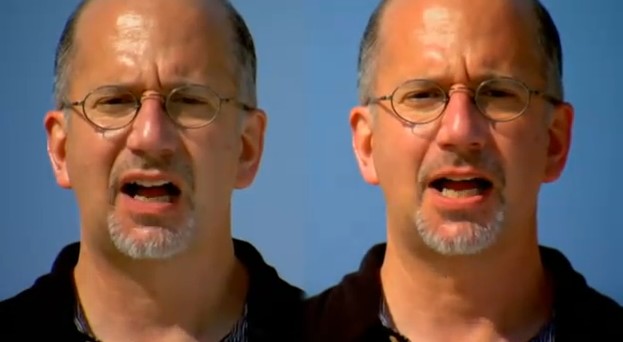Dear Readers,
Over the past six months, my blog has featured two main series: ALOBAM (At Least One Book A Month) and Travis’s Tuesday Tidbit. I’m announcing the end of both, at least in some ways. Before I get into that, let me explain why I started both.
I started the ALOBAM series in June after I started reading science fiction again. I really enjoy reading and I wanted to remember what I read, so I decided to write a summary of the story with my personal take. I also wanted to encourage myself, perhaps artificially, to read more stories as it’s something I missed. ALOBAM solved both these problems. However, I began to realize that my initial format wasn’t ideal as it forced me to split the story into parts with the idea of relaying information as someone read through the book, trying to avoid spoilers as they went. In hindsight, I should have put the entire review inside one spoiler tag and not worried about capturing all my thoughts about the book in the correct order.
Travis’s Tuesday Tidbit started in July when I stumbled across the weird tradition of women trying to “catch” men in leap years. Some of my friends commented on my obscure knowledge, so I decided to start the web series. This allowed me to recap a lot of the bizarre things I had learnt and practice my writing skills, both of which it did well. I noticed by my fourth article that my passion for the subject matter had waned, mainly because there was no overall topic for the series. I was merely grabbing interesting things I had heard and recounting them. I continued writing every week until October when I took two weeks off while my girlfriend was in town and I presented my Ignite talk. Resuming the weekly tidbits was no longer enjoyable because they didn’t give me a reason to continue; there was nothing to tie them together. I wanted more than that.
Which brings me to what I’m doing now. In November I resumed working on my science podcast with my friends Dana Harrison and Jonathan Fritz. Titled The Wonder of Reality, the podcast covers what science is, what we’re discovering with it, and a lot of what fascinates us with the world around us. We’ll be launching our first episode on January 1st, 2013 and continuing every two weeks from there. In order to do this show, I’m reading a lot of science literature and writing the equivalent of six Tuesday Tidbits every two weeks.
Where does that leave these series? As I’m reading a lot of different publications and articles, I’ll definitely learn new things that I want to remember for later. As a result I’m starting a new, irregular series called “Segmented Science“. Whenever I have something science related I want to remember, I’ll quickly jot down the main points and publish it with links and files. Most likely these posts will later be used in the podcast, but it’s entirely possible that they’ll be thrown away, so think of this series as more of a link farm than anything else.
And just in case you’re a long time reader, you’ll notice that I’ve excluded “Play Smarter” in this discussion. Play Smarter was never a regular series and it’s actually the largest source of traffic to the site despite only having one post. I’m still very excited about it as I love games and analyzing things. Definitely don’t expect something soon, but do expect the series to continue.
Thanks for reading,
Travis
